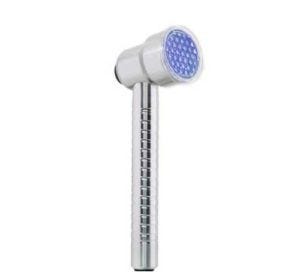The Best At-Home Blue Light LED Acne Treatments
There's a coup happening in your bathroom, led by dozens of electric beauty gadgets just begging to turn you into Charlize Theron. And in an age where we use our phones to fetch a cab and turn living rooms into massage parlors and exercise classes, it's not surprising. The technology takeover of the beauty industry is in full effect and there are just s…
Keep reading with a 7-day free trial
Subscribe to Charlotte's Book to keep reading this post and get 7 days of free access to the full post archives.



